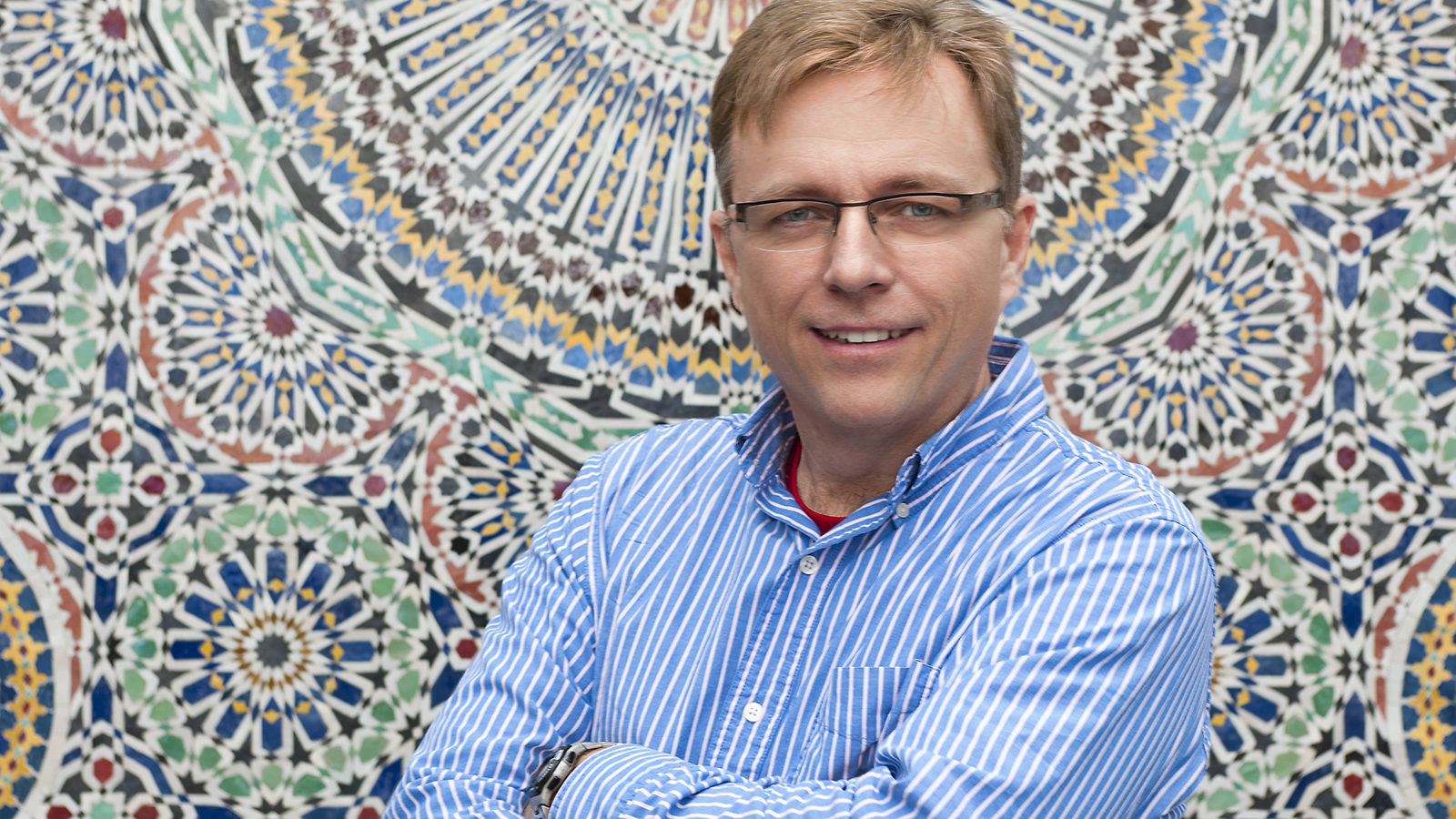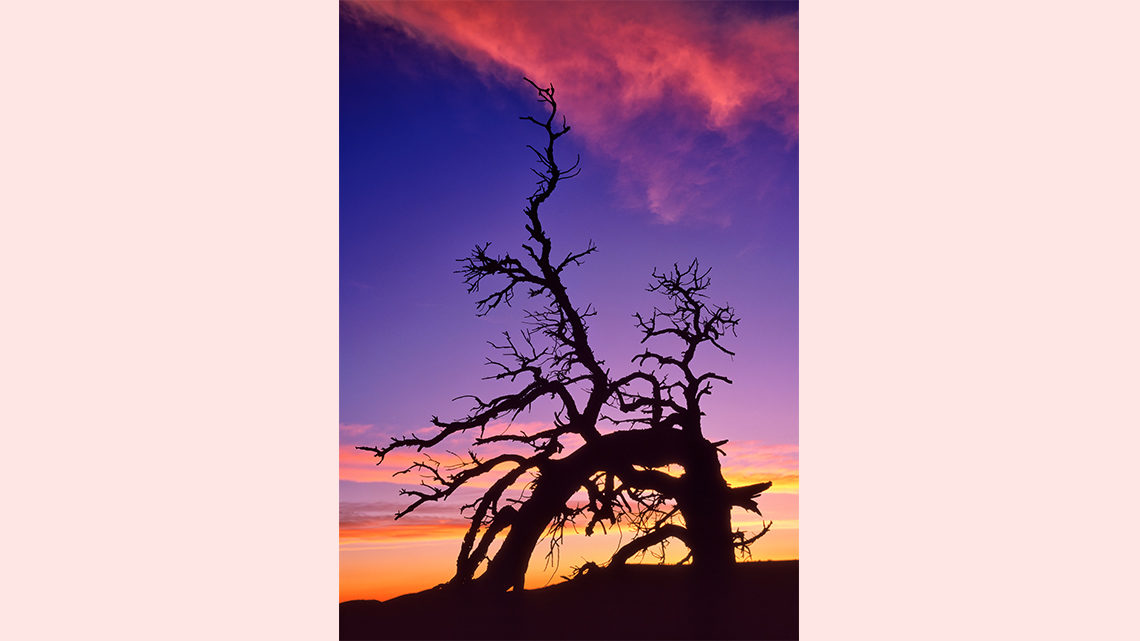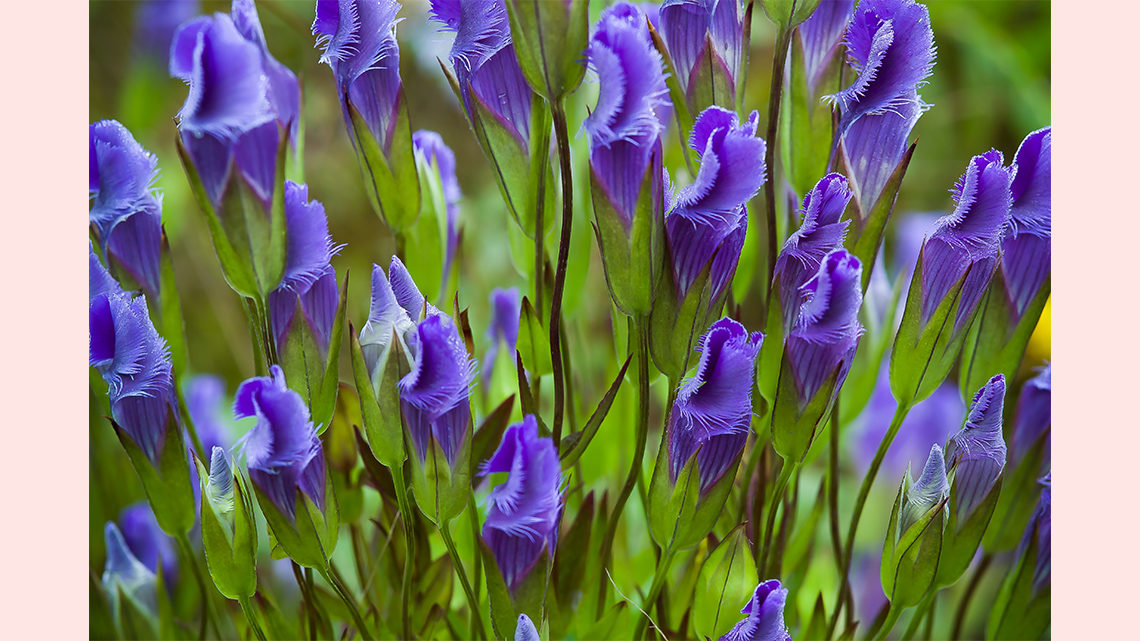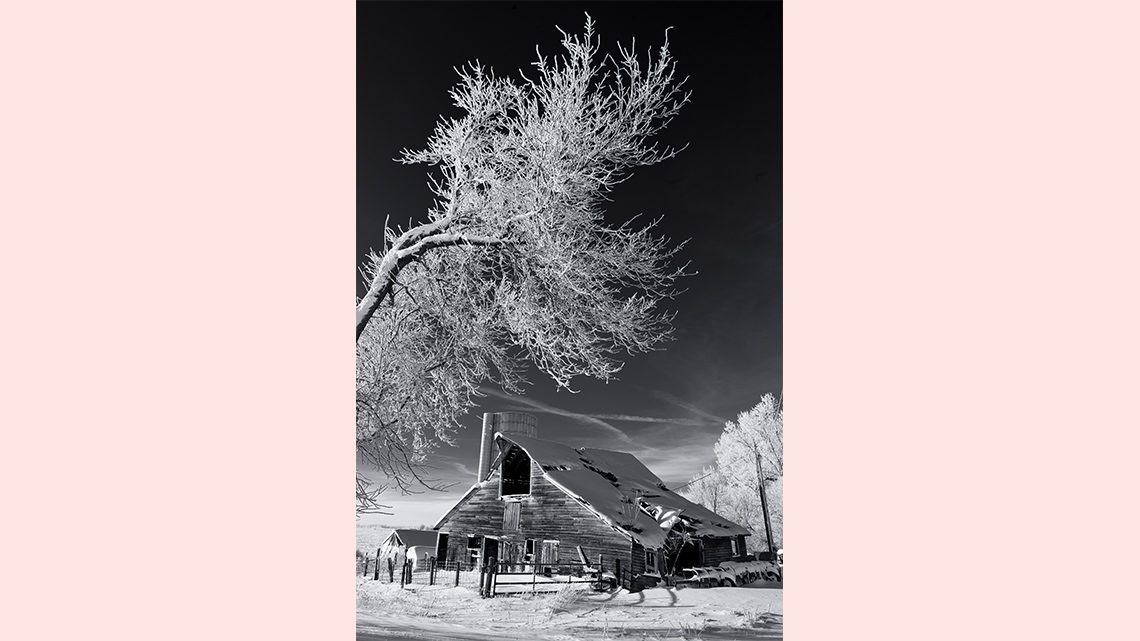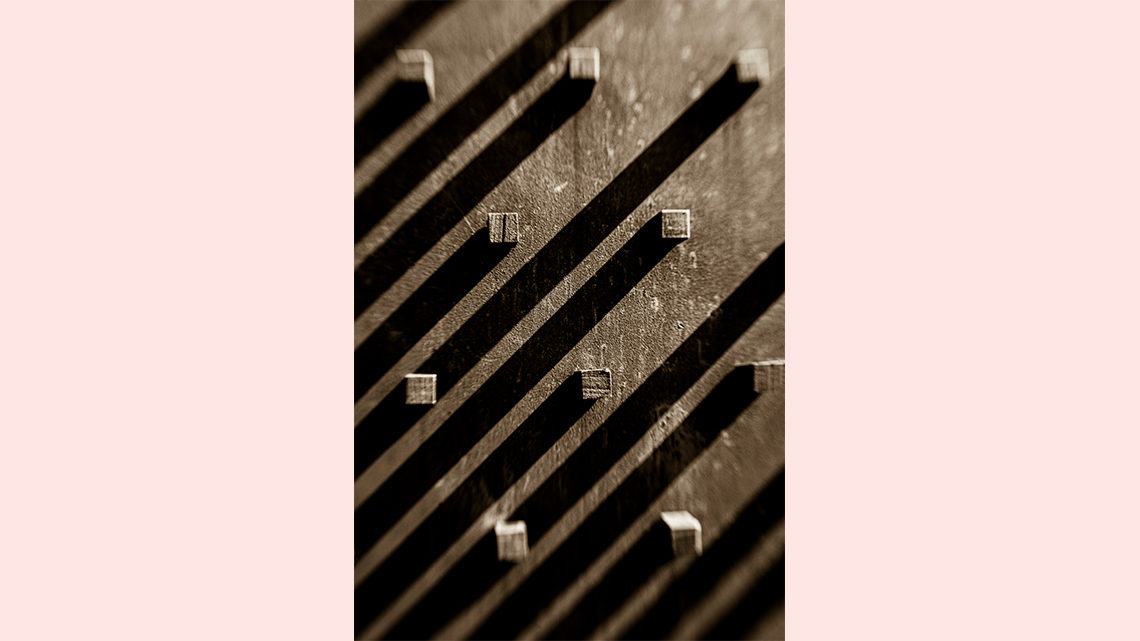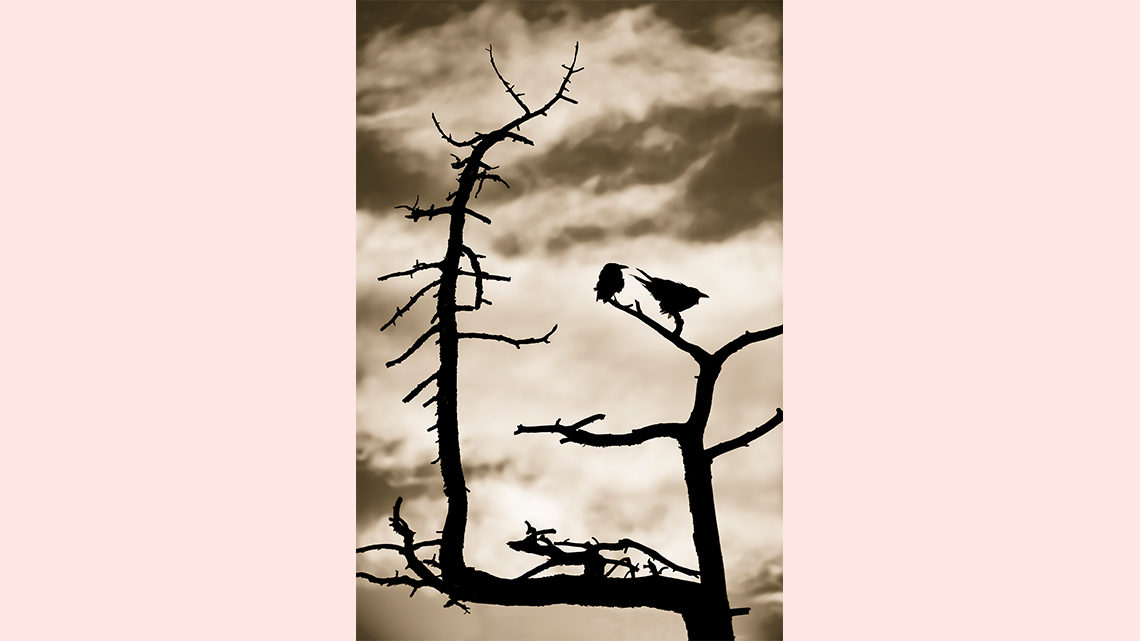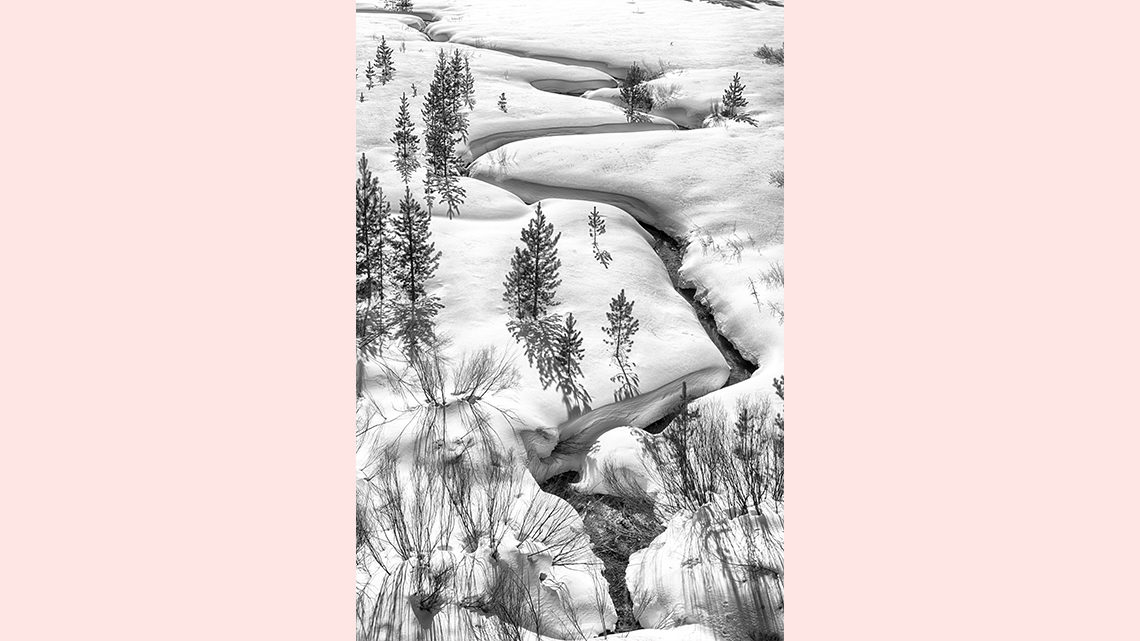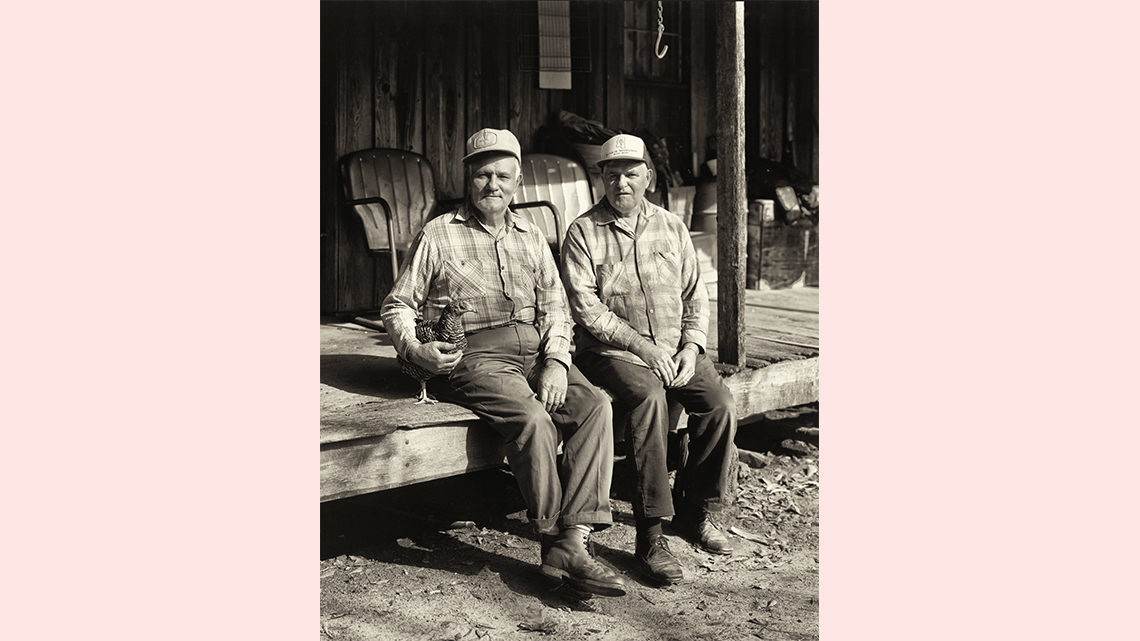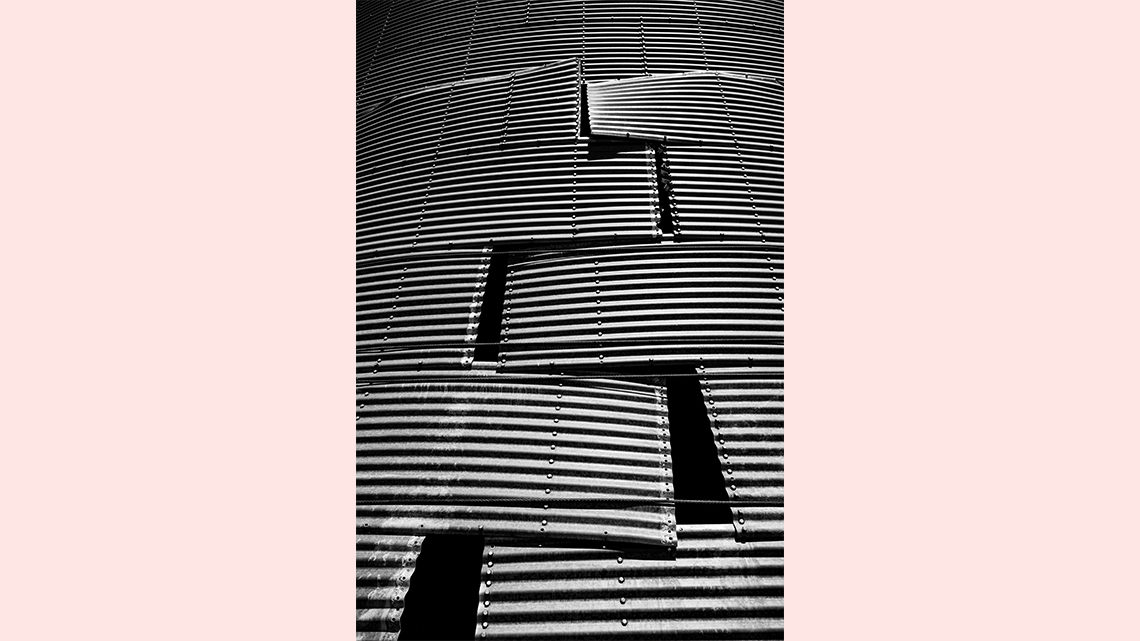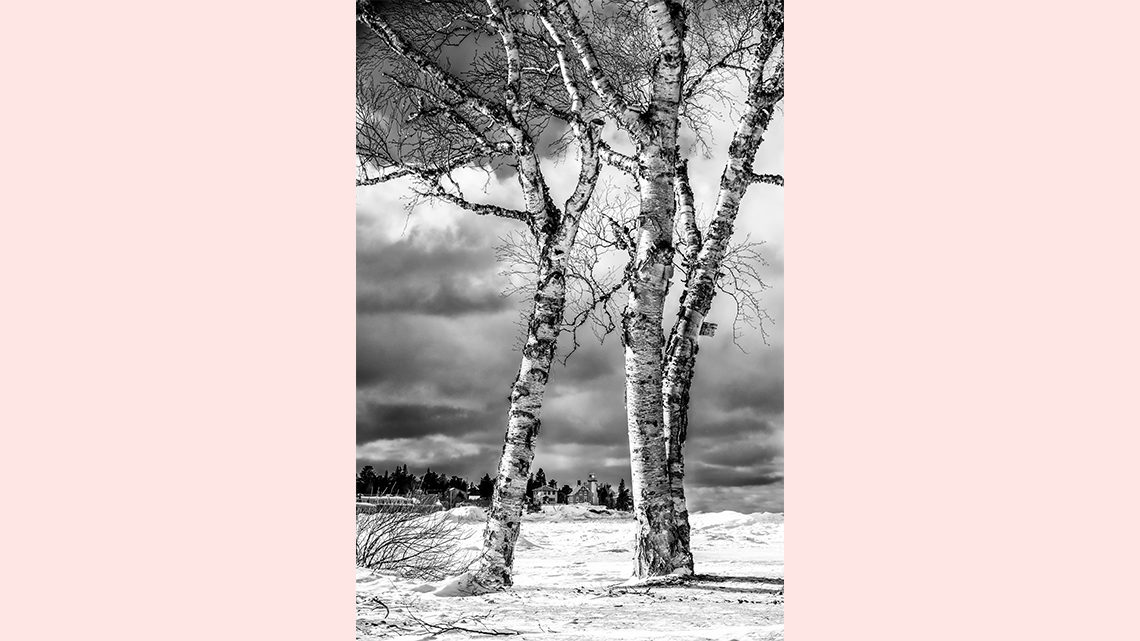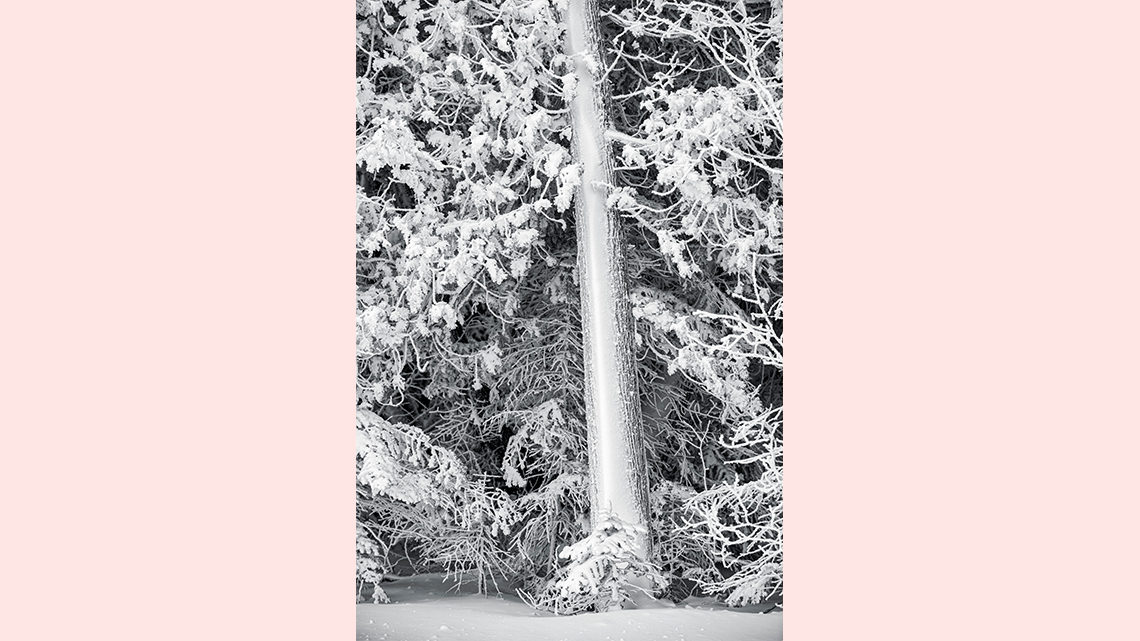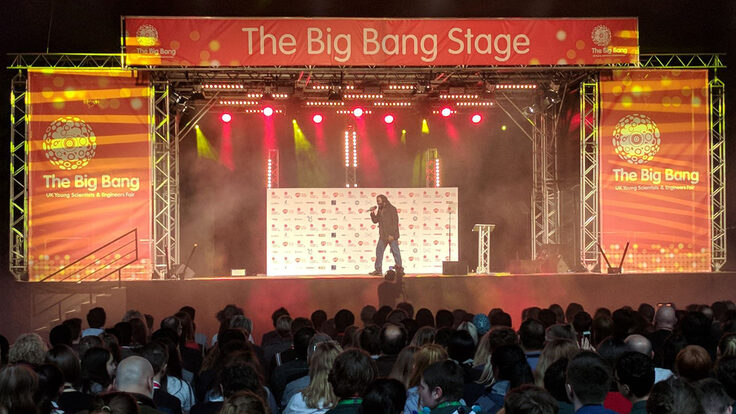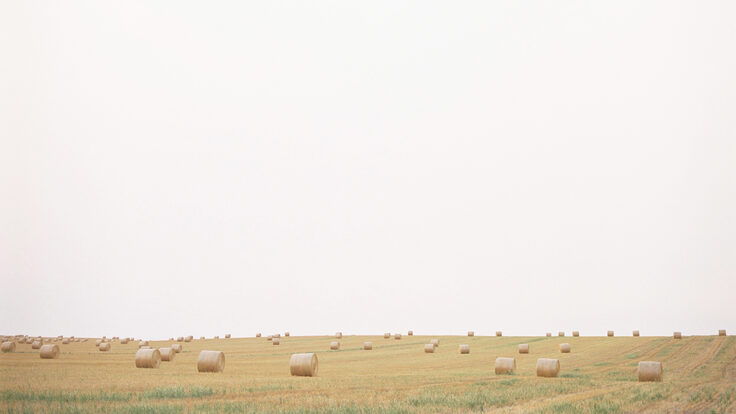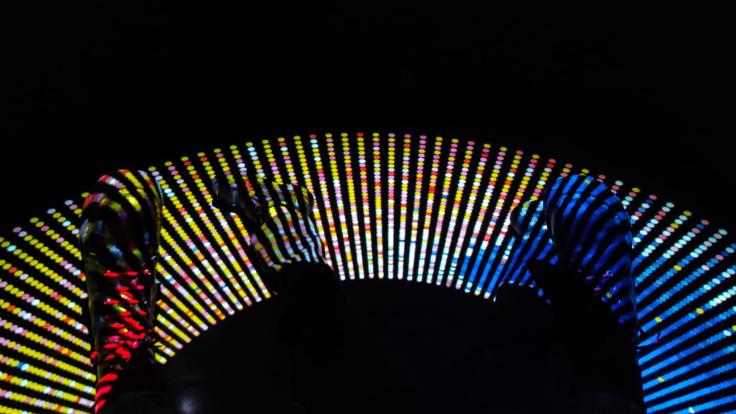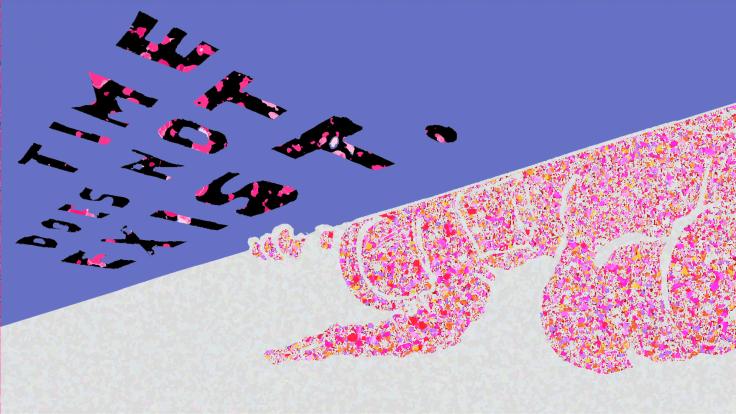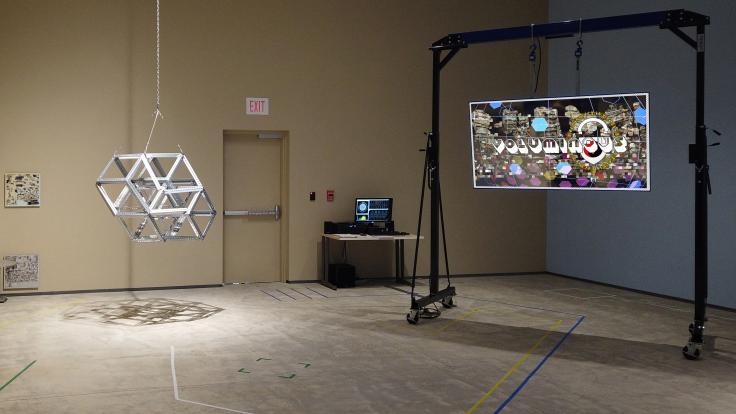If you have seen a photograph of Fermilab in the past three decades, odds are good that Reidar Hahn was behind the lens. You name it, and he’s probably taken a picture of it: a neutrino detector the size of a hockey rink, the experiments that co-discovered the top quark, a 570-megapixel camera peering into space. He’s captured underground groundbreakings, orchestrated photoshoots with one-of-a-kind magnets, delivered images of baby bison. Hahn has documented the birth and conclusion of experiments across the lab – and in the process, perhaps explored more of Fermilab’s nooks and crannies than anyone else.
Fermilab’s staff photographer of 32 years will retire this December. As he leaves, his work will be on display in Fermilab’s art gallery. Hahn’s show, “Collections,” runs from Nov. 6, 2019 through Jan. 3, 2020, with a free artist’s reception on Nov. 8 from 5-7pm.
Hahn’s photos of science at Fermilab are omnipresent at the laboratory. They populate the Fermilab photo archive, grace brochures and webpages, and even hang as enormous banners in Wilson Hall’s soaring atrium – appropriately enough, right above the art gallery. But rather than displaying more of the same, “Collections” features photographs from Hahn’s life beyond the lab.
“I’m looking forward to showing some of my personal work instead of the science photos that people know me by,” he says.
An avid outdoorsman (with a forestry degree to boot), Hahn has spent much of his free time camping, canoeing, and hiking his way through all 50 states and photographing both the people and the nature therein. “Collections” will group some of his favorite photos by themes, including winter, flowers, trees, water, and farming communities.
“He’s a true artist,” says Georgia Schwender, Fermilab’s art gallery curator. “I think it’s an honor to be able to see his photographs in this setting – and that people will be able to see another side of Reidar’s photography that is more his personal vision of the world.”
Schwender wanted to highlight the artistry that few people get to see, but she also organized the exhibit as a way to say farewell and recognize Hahn for his profound impact on the lab.
“There are 2,000 people at this place, and I’ve never met anybody on site that didn’t know Reidar,” says Marty Murphy, an accelerator operations specialist at Fermilab who turned to Hahn for photography advice two decades ago. “He’s one of the most kind and generous people I’ve met, and one of the most talented and capable people I’ve ever met. There are a lot of talented people at Fermilab, but none of them are really like Reidar.”
Three decades as a physics photographer
After stints as a hot-tar roofer and seven years as a newspaper photographer, Hahn joined Fermilab as a photographer in 1987. He has since worked for five of Fermilab’s six directors, and knew and photographed the sixth – founding director, Robert Wilson.
“Mrs. Wilson once told me that I had captured the best picture of Bob that anyone had ever taken – and that was when Wilson was in his eighties,” Hahn says. “That was nice of her. She didn’t have to say that to me.”
Since then, Hahn has seen a lot of changes at the lab, including the growth of Fermilab’s computing sector, the lifespan of the Tevatron and the discovery of new particles, and the move from collider physics to a focus on neutrinos. Experiments moved from film in bubble chambers to the now common digital readouts, paralleling the biggest change in Hahn’s photographic career: the switch from film to digital cameras.
“Reidar’s photos have been an absolutely essential record of the lab’s activities for the last 32 years and capture important elements of the lab’s history that aren’t preserved in any other type of record,” says Valerie Higgins, Fermilab’s archivist. “His images make the wonder that many of the lab’s scientists see in the experiments they perform or the questions they explore accessible to a wider audience.”
For Hahn, who also has a degree in technical communication, it’s been a 32-year education in physics and engineering – one that he’s shared through photography but also in conversations with visitors to the lab.
“It’s really impressive how well he grasps the science of what we do,” Murphy says. “He has a great understanding of it and he explains it well – and he’s a very easy-going person. He’d be equally comfortable talking with Leon Lederman or talking with an intern.”
Hahn says he’d often couldn’t help asking questions about the research whenever he showed up to take a photo.
“People have been great to share what they’re working on with me, and I have a much greater understanding of how the universe works, and a real appreciation for all the tough, hard work people do at a frontier-science laboratory,” Hahn says. “I learned all kinds of things that I wouldn’t have if they hadn’t shared that with me.”
Hahn plans to expand his photography collections in retirement from his new home base in Idaho. After providing 32 years of consistent visual style as well as guidance and a helping hand, he’ll undoubtedly be missed at his second home.
“Reidar Hahn is one-of-a-kind,” says Fermilab director Nigel Lockyer. “He’s smart, skilled, always working to get things done, always helping people from all across the lab. He embodies the best of the Fermilab spirit, and the lab has been lucky to have him.”



